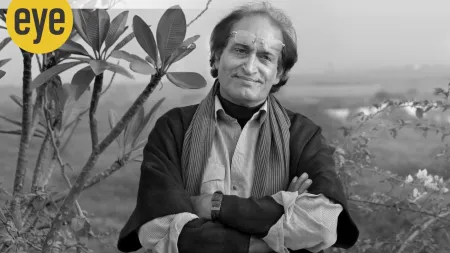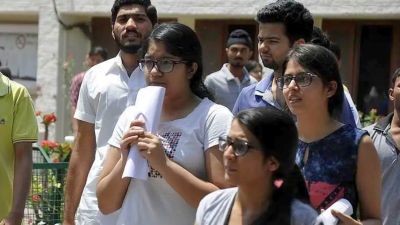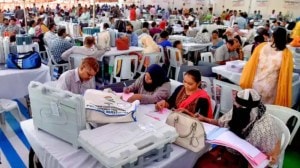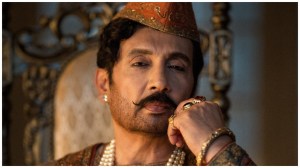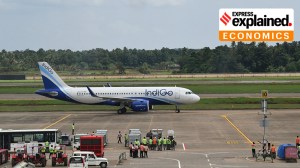- India
- International
Go for growth
Government has picked the low-hanging fruit. Now it must go further
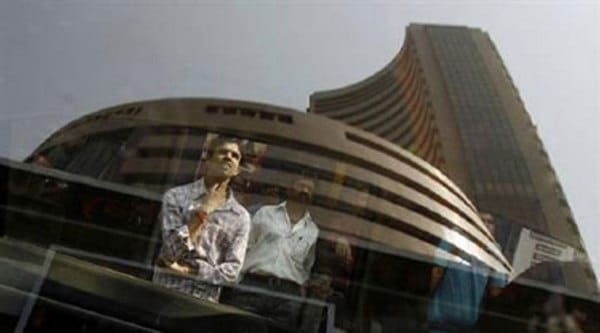 The IIF expects net private capital inflows to India to be around $ 90 billion in 2014-15 and 2015-16 each.
The IIF expects net private capital inflows to India to be around $ 90 billion in 2014-15 and 2015-16 each.
Amid rising jitters over global growth and heightened volatility in financial markets, emerging markets (EMs) appear to be better placed to weather the storm. Despite the fact that capital flows to EMs have been choppy over the past six months, the Institute of International Finance (IIF), Washington, projects a gradual rise in capital flows to EMs. The IIF expects net private capital inflows to India to be around $ 90 billion in 2014-15 and 2015-16 each.
The bolstering of investor and creditor confidence in India is primarily thanks to the shrinking of its current account deficit, a credible inflation-fighting regime at the RBI and the business-friendly image of Prime Minister Narendra Modi. Yet, the euphoria seen in financial markets between March and July cooled in subsequent months as Indian policymakers were seen to be taking the easy way out by plucking the low-hanging fruit, while market participants expected big-ticket reforms. Investors, as well as economists, were disappointed with the government’s first budget and the painfully slow action on critical issues that had stalled revival in the real sector. In its “Outlook for India’s Markets (September, 2014)”, the BlackRock Investment Institute had said, “A clear roadmap is needed to move from promise to performance”. In fact, FIIs turned net sellers of Indian equities in the month of October. The message from all major investment firms was loud and clear: the government’s pace of reform would be the key determinant in sustaining investor interest.
The recent victory of the BJP in Haryana and Maharashtra has added to the Central government’s power to initiate reforms. BJP-ruled states now account for nearly half of India’s GDP. This victory seems to have prompted the Centre to forge ahead on key structural reforms without losing any time.
Even before the results were announced, the PM reshuffled his team of civil servants and hired Arvind Subramanian, seen to be reformist, as his chief economic advisor. His government went on to announce two major energy reforms — the much talked about diesel price deregulation was made effective from October 18 and natural gas prices were hiked by 33.6 per cent to $ 5.61/ mmBtu, starting November 1, with a promise to revise them every six months. The government also relaunched the direct benefit transfer (DBT) scheme for the LPG subsidy in 54 districts. While the deregulation of diesel prices will soften inflation (as fuel prices have crashed globally), the rise in gas prices will raise the prices of basic goods like fertilisers and electricity, which have strong forward linkages with many other sectors. However, the overall impact on electricity prices will be relatively muted because the proportion of gas-based power projects is quite low at 8.92 per cent.
On the labour-law front, the government took steps to end the “inspector raj”, reduce the number of forms, introduce a single-window labour portal etc. The plan is to align India’s labour laws with the globally accepted framework to make manufacturing more competitive.

While these are all steps in the right direction, one cannot expect a sudden and strong revival in growth. Our twin deficit problems (high current account and fiscal deficits) and persistently high inflation have deep roots. It is essential to remember that besides a strong political mandate, favourable global conditions like softening oil prices have enabled the Centre to implement politically sensitive fuel price reforms. It will be a challenge to continue with these policies once oil prices start rising. It is essential to have a consistent commitment to these reform initiatives in the interest of macroeconomic stability. It is not going to be easy, given that the nation has lived with distorted price signals for more than 67 years.
Investors need to see India’s reform process as sustainable, without the possibility of a sudden reversal. This requires a consistent fiscal deficit reduction programme with a sustained focus on trimming the fuel and fertiliser subsidies and rationalising the consumption of these commodities; a firm commitment to the RBI’s newly recommended monetary policy framework to prevent any resurgence of inflation (India still has one of the highest levels of inflation in the world, that too despite an economic slowdown); and an exchange rate policy to keep the real effective rate stable at a competitive level.
In the short to medium term, the Indian government needs to focus more on domestic market-driven production sectors because weak global growth is expected to translate into limp trade growth for the next few years. However, once we create sufficient capacities in the manufacturing sector and as global demand for Indian goods and services revives, we can enter export markets in a big way. Strong and sustained growth in exports is the only way to reduce India’s current account deficit. But for this, it is necessary to manage a competitive exchange rate, as was done by our East Asian peers to build their manufacturing sectors.
As global investors are looking for consistent policies and decent returns on investment on a sustainable basis, the challenge is not just to create an optimal policy mix but also to develop politically neutral foundations for sustainable economic growth.
The writer is chief economist and general manager, Bank of Baroda
express@expressindia.com
EXPRESS OPINION
More Explained
May 05: Latest News
- 01
- 02
- 03
- 04
- 05







